Origanum vulgare, commonly known as Oregano or Wild Marjoram, is native to the Mediterranean region, but has long grown wild in central Europe.
However, the wild forms are not as aromatic as the cultivated ones. They can be found in warm, sunny places such as roadsides, field margins, embankments and meadows.

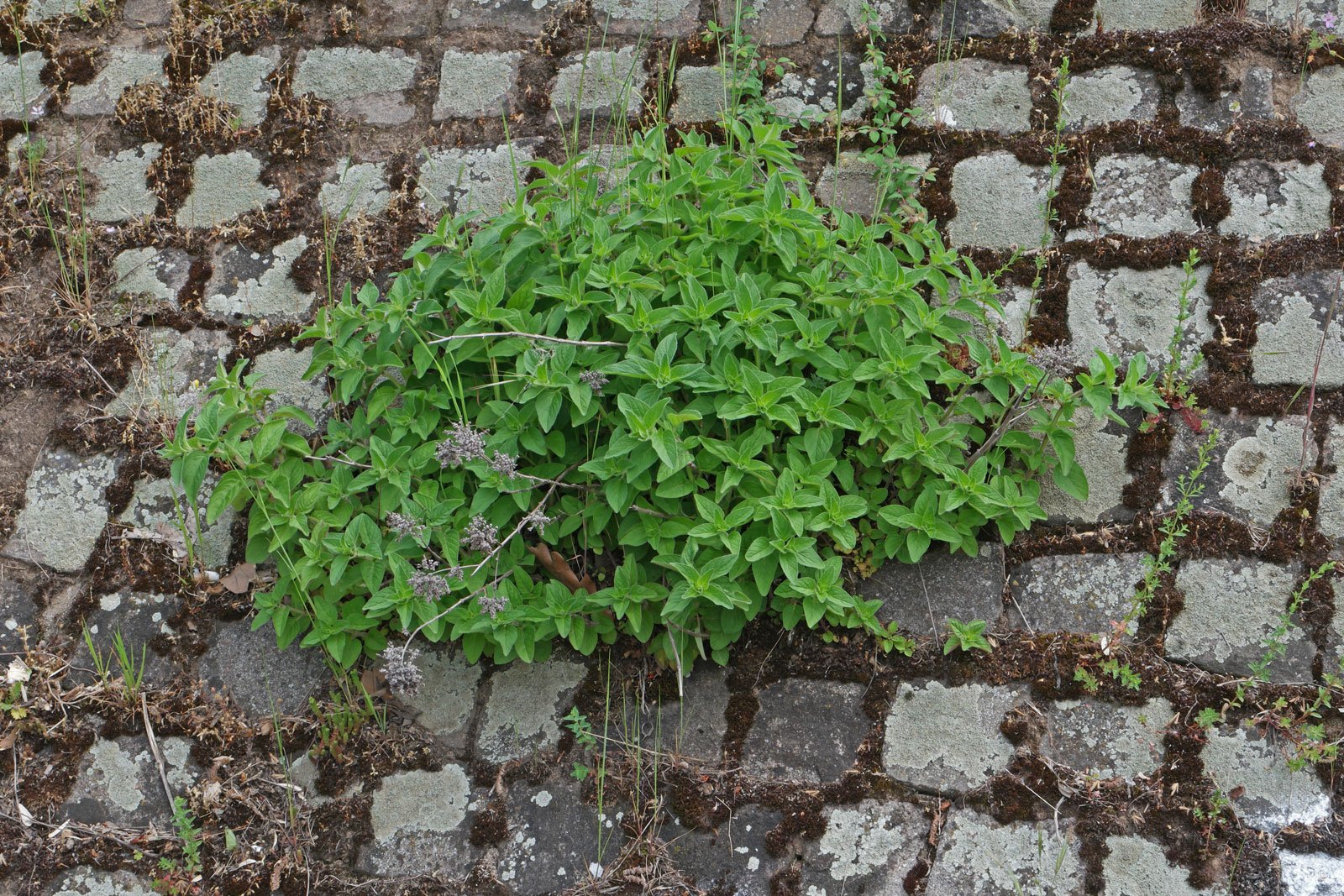
Oregano is mainly used as a spice. In addition to essential oils, it also contains vitamin C. It seems to be rarely used in natural medicine, although it is said to have expectorant and digestive properties.
As well as tasting delicious, Origanum vulgare looks beautiful when it displays its pale pink flowers. They are visited by honeybees, wild bees and other insects.
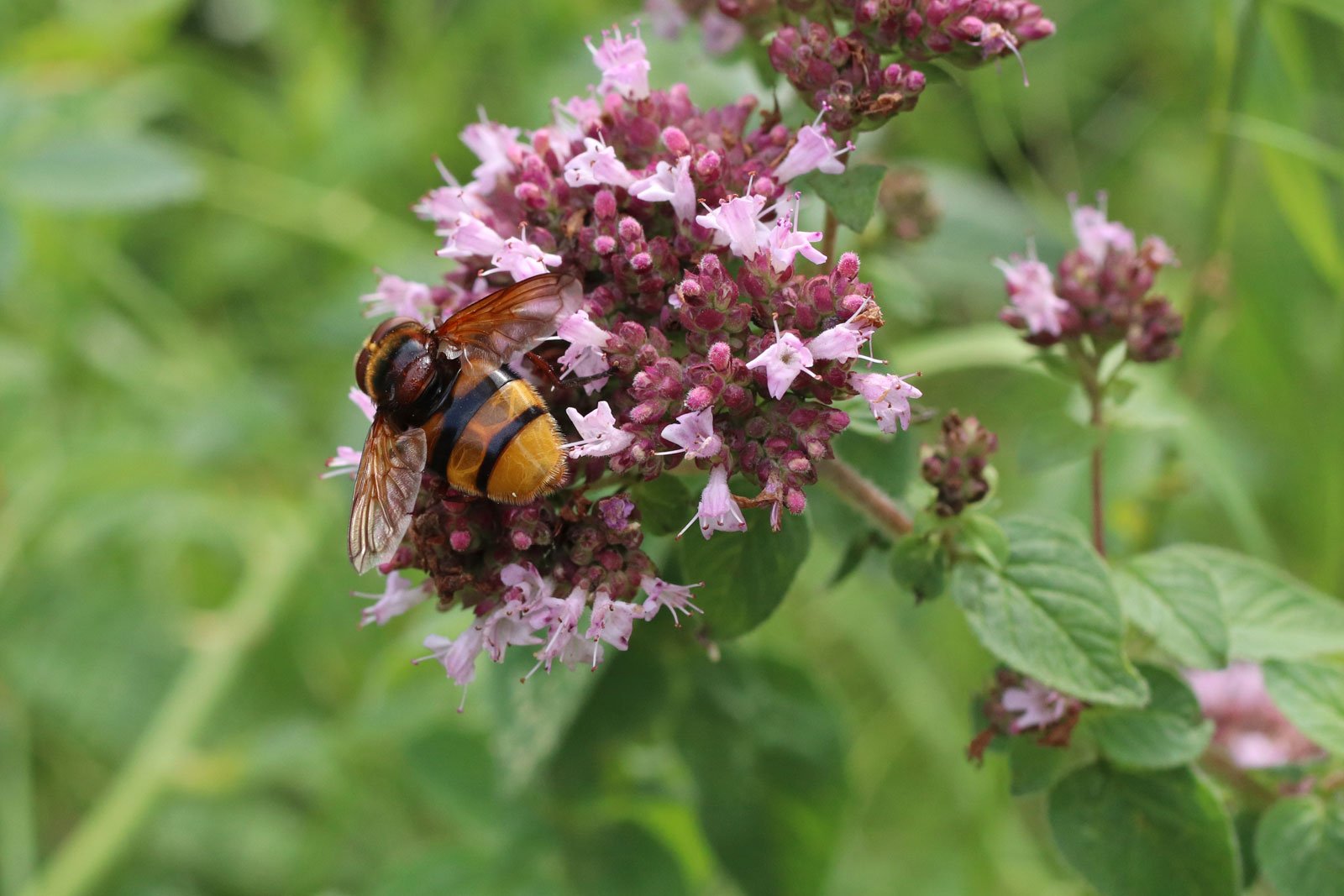
Oregano versus Marjoram
Marjoram is the separate species Origanum majorana, not a form of oregano – or vice versa.

How to care for Oregano
An ideal location for Oregano provides at least 4 hours of sunlight per day. Although it also grows in semi-shade, the aroma of specimens placed in sunny locations is more intense, in my observation.
Tip: Potted herbs from the supermarket need to be slowly acclimatized to direct sunlight. They come from the greenhouse, were quickly grown and are not hardened.
Origanum vulgare does not have any special soil requirements, it can contain some humus, clay, sand, or fine gravel. It should be kept evenly to moderately moist and should not dry out or be under water for extended periods.
Water regularly for the first few weeks after planting to allow it to establish.
Extremely poor soils can be enriched with nutrients by incorporating vegetable substrate or compost.

In addition to compost, organic plant fertiliser can be used, which can be applied once a year but is not essential. My Oregano has thrived in the bed for years without ever being fertilised.
Hardiness depends on the variety, with frost resistance ranging from -10 to -20°C. In general, the variegated plants are more sensitive than the pure green ones.
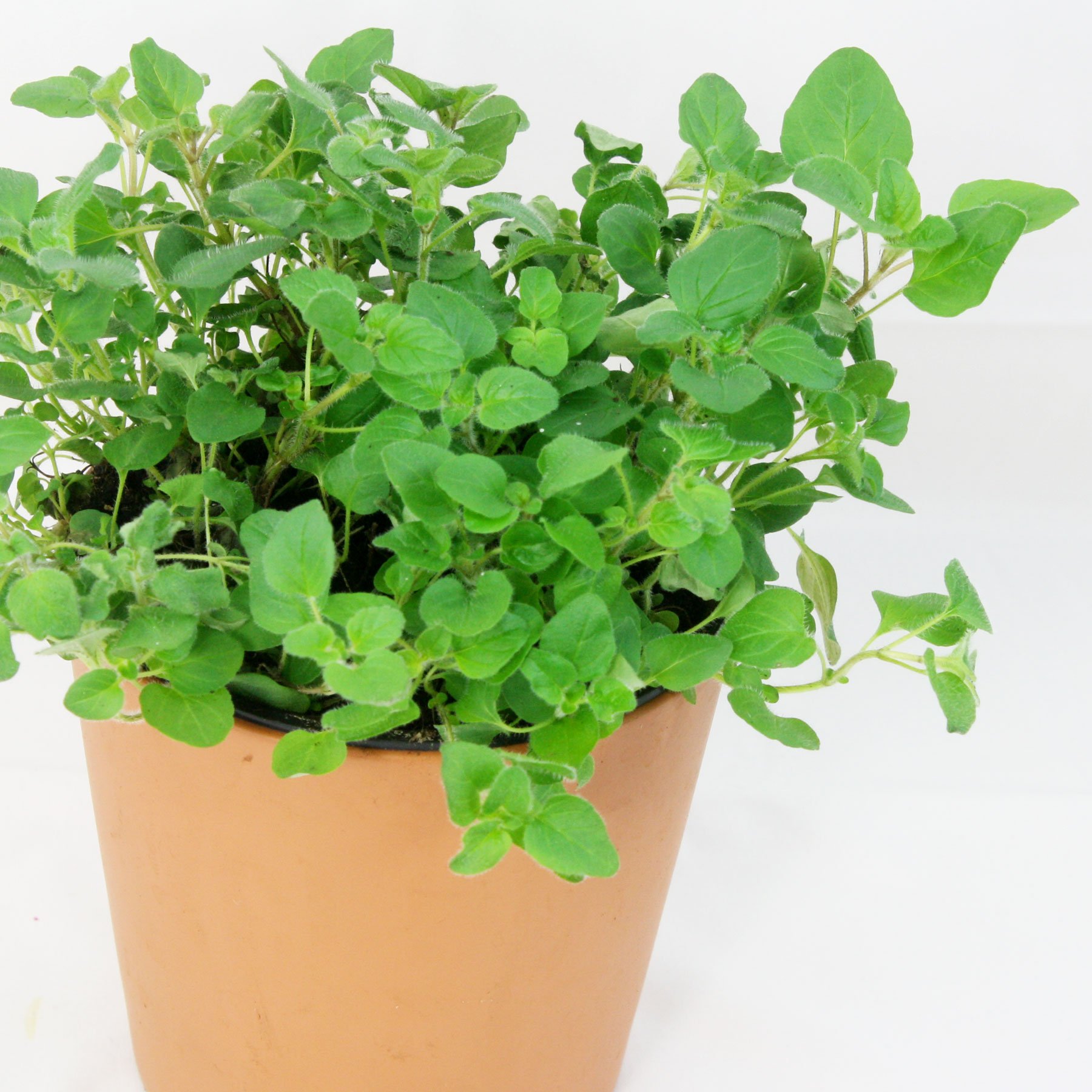
Oregano in pots or containers
For growing Oregano in a balcony box or container, it is best to use a compact variety such as “Compactum”.
Soil mixes for vegetables or herbs, either alone or with sand to loosen it up, are suitable as substrates. Substrates for ornamental plants usually contain synthetic fertilizers.
During hot summer weeks, especially for large plants with many branches and leaves, daily watering may be necessary.
In winter, watering is only done on frost-free days. Caution: even frozen soil can dry out.
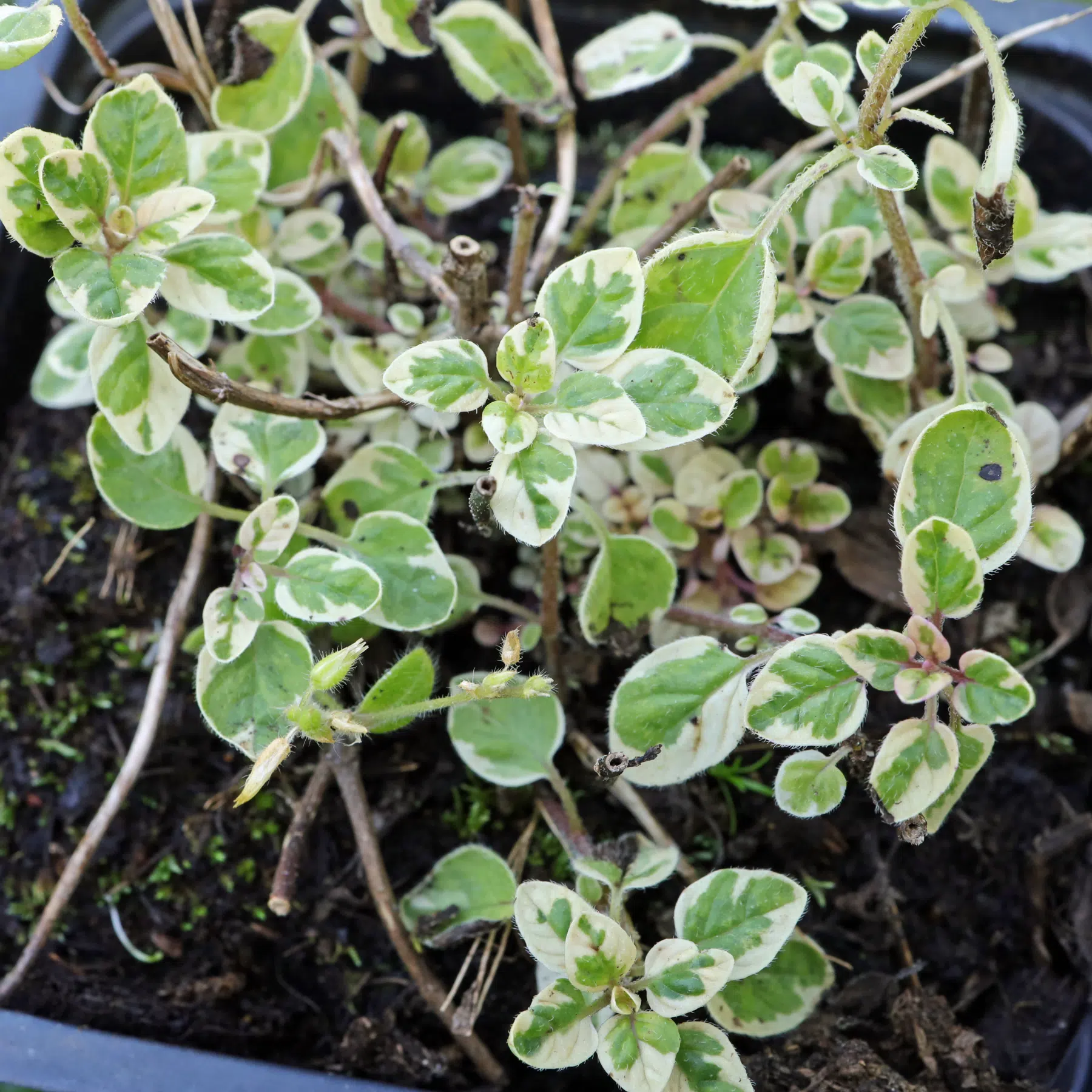
Propagation
Oregano can be propagated from seed and cuttings. Freshly cut shoots root best, but plants from the refrigerated section can also be used.
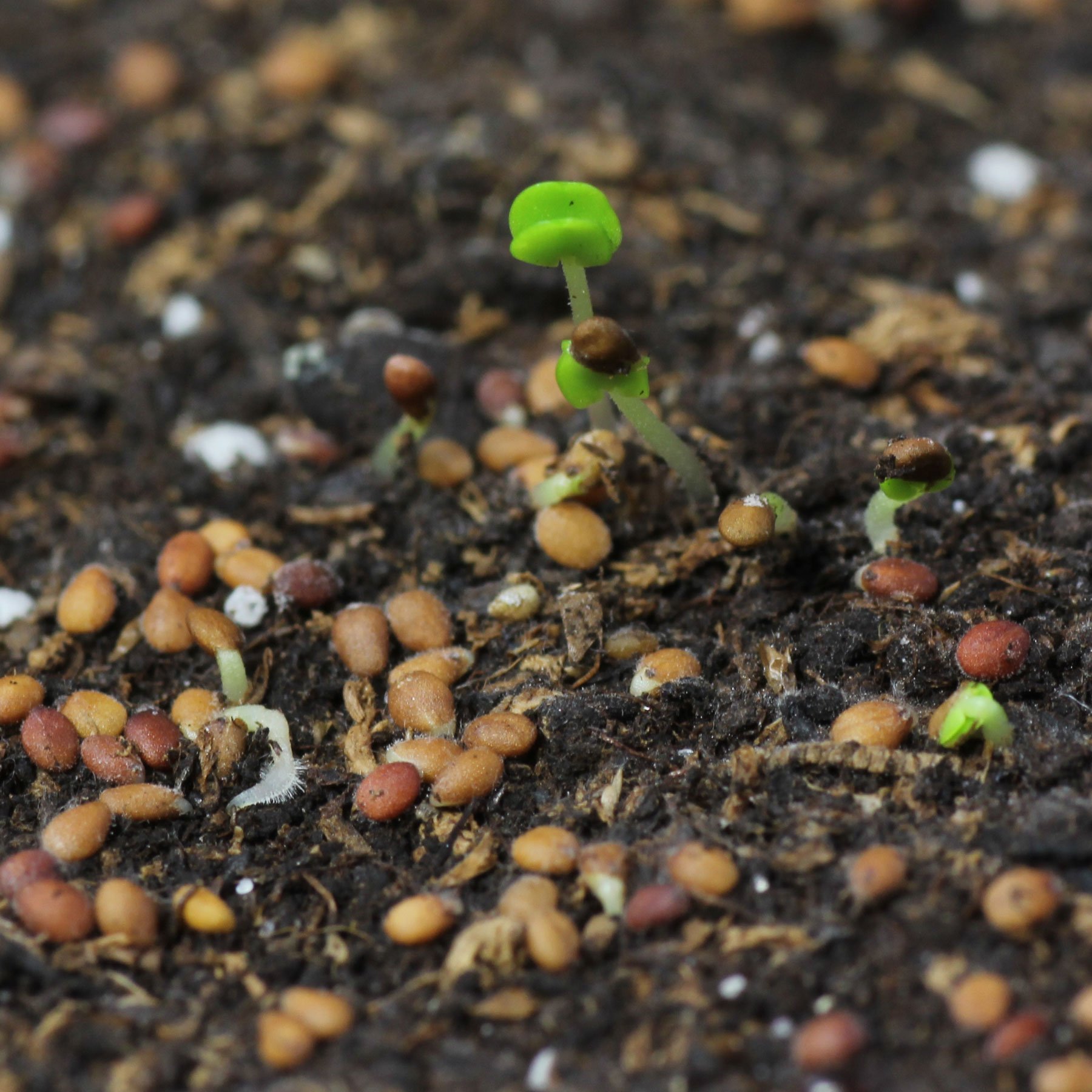
Growing Oregano from seeds
Oregano needs light to germinate, so its seeds are simply placed on the soil, pressed down but not covered.
Commercially available seed mixes or vegetable soil are suitable substrates. These mixtures usually contain no artificial fertiliser.
The soil should be kept moist but not soggy.
To prevent the seeds from drying out, the seed tray can be covered with a freezer bag or sprayed once or twice a day.
If covered, it must be aired once a day to prevent mould.
The first seeds will germinate after 4 to 7 days at temperatures around 20°C.
The location for growing oregano seedlings should be bright but without hot summer sun. The young plants can get used to it after they have been potted (transplanted) and have grown to a height of 5 to 10 centimetres.

Cuttings
Growing Oregano from cuttings is not difficult. Remove the lower leaves before planting. As with seed propagation, vegetable, herb or propagation soil can be used as the substrate. Keep the substrate moist for the first 2-3 weeks, then keep it evenly moist.
At temperatures of 20-25°C the cuttings will root in 4 to 6 weeks. The location should be bright but without direct midday sun in summer. The young plants can be moved to this position as soon as they produce new leaves.
It is not necessary to cover the pot.
The cuttings shown above were taken from the refrigerated section of the supermarket. During the first few days, the leaves will droop before they recover.
If you use cut herbs from the supermarket, you should plant several cuttings as not all of them will take root. The longer they have been on the shelf, the less likely they are to root.
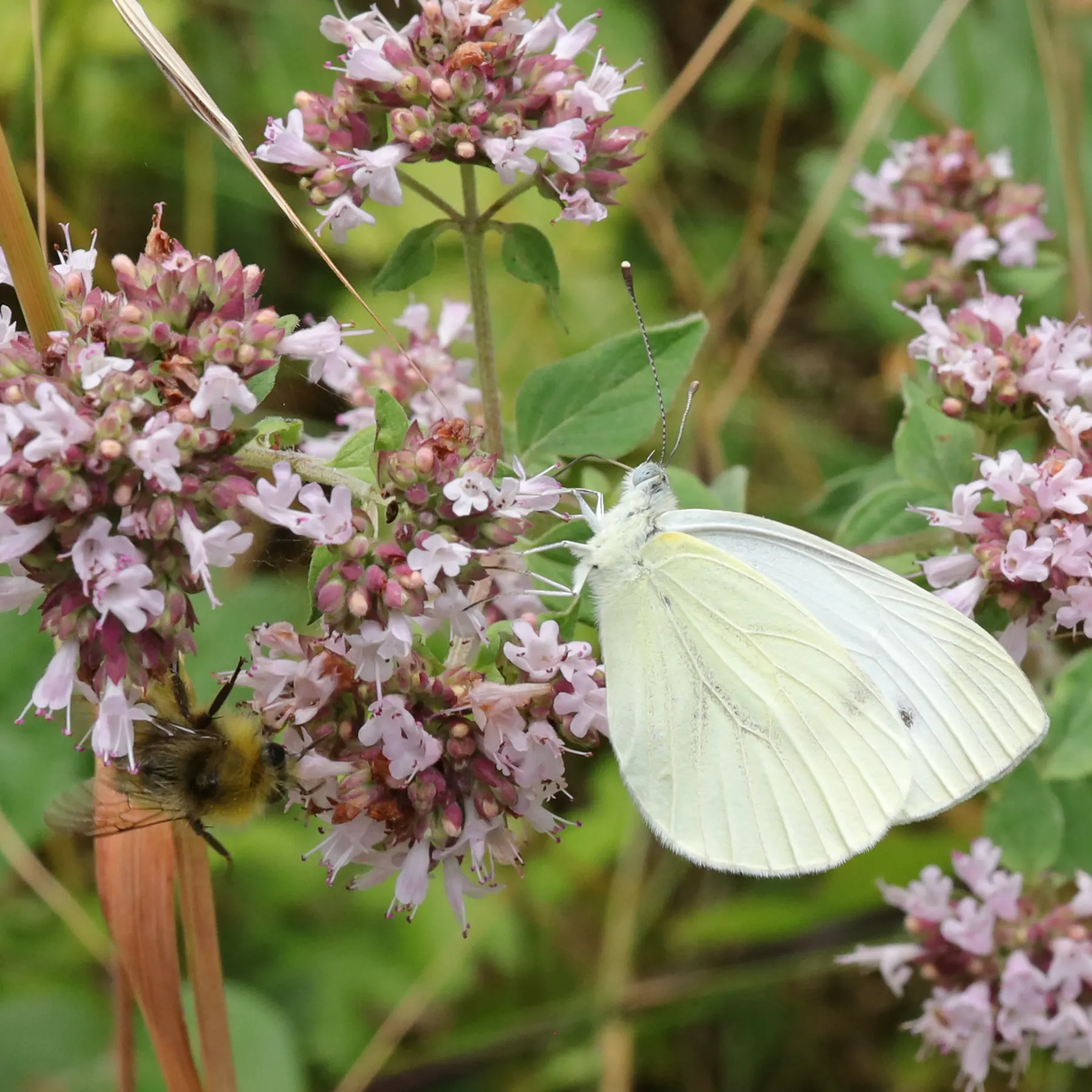
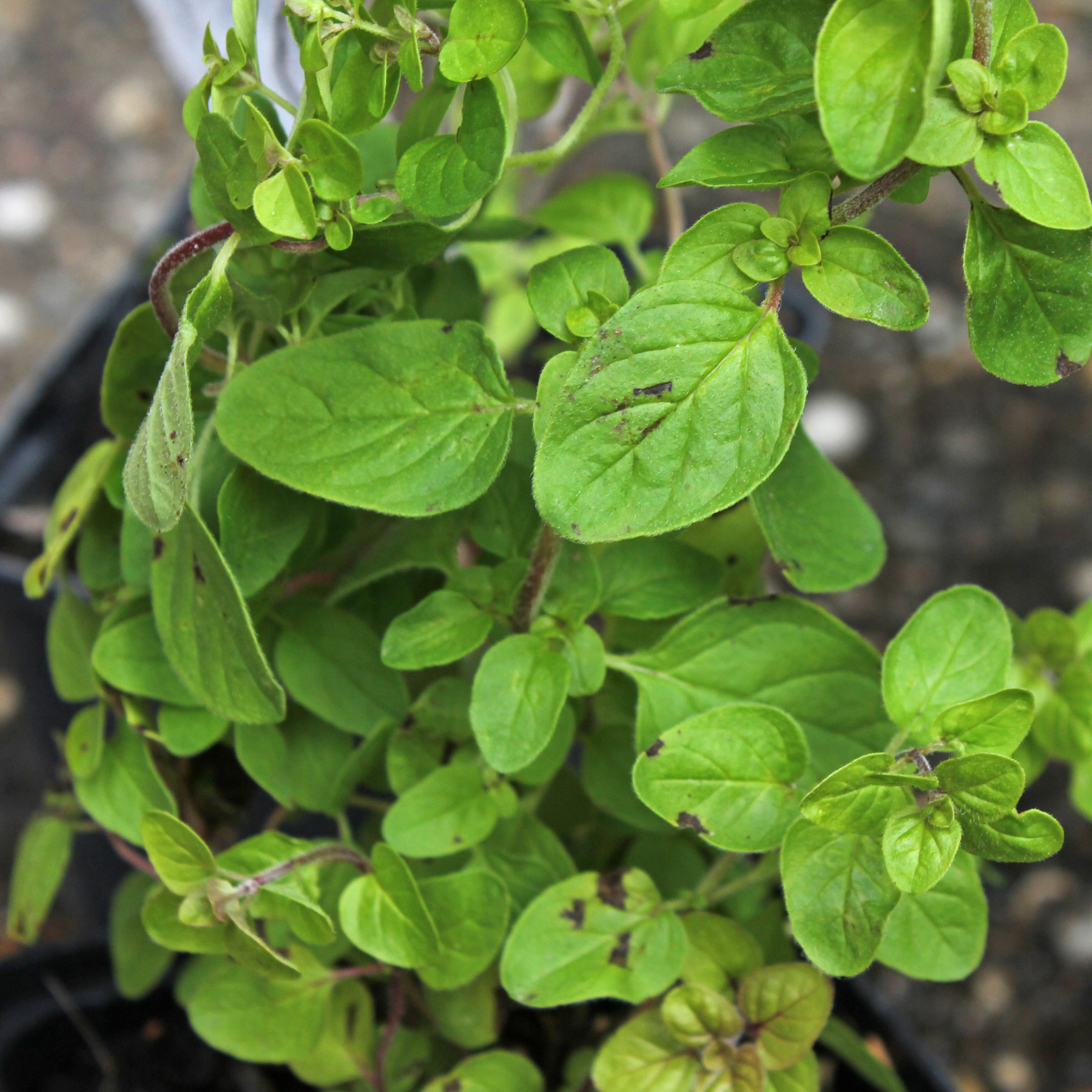
 “Maculata” plants
“Maculata” plants Basil: a brief introduction
Basil: a brief introduction Black Horehound
Black Horehound Sage: a brief introduction
Sage: a brief introduction Spotted Dead-Nettle
Spotted Dead-Nettle